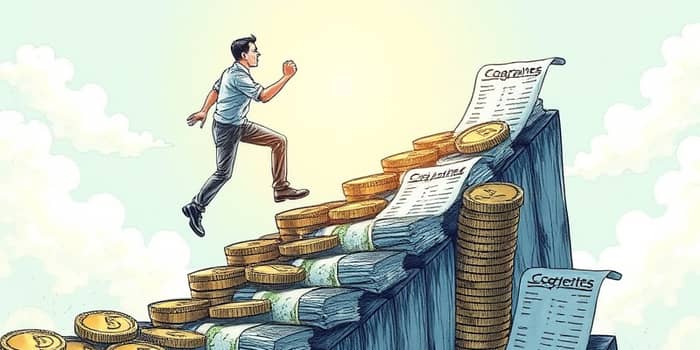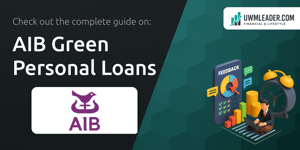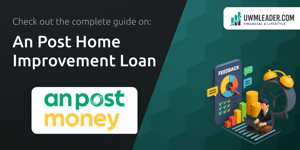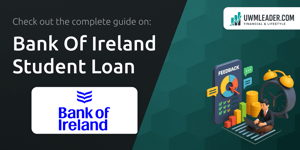
In a financial climate where average total personal debt balance in the U.S. now exceeds $100,000 per person, many Americans struggle under significant obligations. Credit card balances alone hover around $6,500 per individual, intensifying the challenge of managing monthly payments amidst rising interest rates and inflation. This article offers a comprehensive roadmap to achieve debt freedom by leveraging strategic loans and repayment methods. Readers will learn practical steps, weigh pros and cons, and discover how to turn borrowing into a powerful tool rather than a burden.
As of 2025, household finances face unprecedented stress. Recent surveys indicate that Americans carry an average total personal debt balance exceeding $100,000, with credit card balances around $6,500 per individual. Student loan and auto loan obligations further inflate monthly commitments. Families often allocate a substantial portion of income just to service debt, leaving little room for savings or investment. Understanding this backdrop is crucial for crafting a repayment strategy that acknowledges macroeconomic pressures while tailoring solutions to individual circumstances.
Inflationary pressures have eroded purchasing power, making it harder to maintain living standards and fund emergency expenses. Healthcare and housing costs cluster near record highs, forcing more consumers to tap high-interest credit lines for day-to-day needs. Without a financial cushion, unexpected repairs or medical bills can spiral into long-term obligations. It is against this reality that we explore how to define your personal debt-free journey, one that aligns with both your financial goals and your capacity for consistent payment.
Before diving into repayment tactics, clarify what debt freedom means to you. It might involve eliminating credit card balances, paying off student loans, or eradicating auto loan obligations. Each goal carries its own timeline and emotional weight. Writing down objectives and breaking them into smaller milestones can boost accountability and motivation.
Personal motivation is vital. Whether you crave the psychological relief of a zero balance or the long-term savings from avoiding interest, defining your ‘why’ ensures that progress remains meaningful. Armed with that clarity, you can build a framework that balances both numerical optimization and human factors, like morale and perseverance.
Creating a structured plan transforms an overwhelming challenge into a series of manageable tasks. The following steps establish a solid foundation for repayment success:
Once these initial actions are in place, schedule monthly check-ins. Update your debt inventory to reflect payments, revised interest accrual, and shifting due dates. This ongoing review prevents surprises and helps you adjust budgets when necessary.
Two of the most popular methods—the debt snowball and debt avalanche—offer distinct advantages. The right choice hinges on whether you prioritize early motivational wins or minimize total interest costs over time.
The snowball method targets the smallest balance first, creating quick victories that fuel further progress. In contrast, the avalanche method aims to pay off the highest-interest debt first, conserving money on finance charges. You might also adopt a hybrid approach, incorporating occasional debt snowflake payments—one-time extra contributions—to accelerate your timeline.
For example, someone with four debts—$500 at 18% interest, $1,200 at 12%, $2,500 at 24%, and $7,000 at 9%—might clear the $500 balance in months using the snowball method, gaining confidence with quick wins. Alternatively, the avalanche approach would target the $2,500 balance first to minimize high interest accrual, saving hundreds over the term. Weigh your personality and goals when choosing your approach.
Strategic borrowing can be a powerful ally when deployed carefully. Several options exist to replace high-rate obligations with more favorable terms:
While these approaches can slash interest costs, remember to factor in fees, credit score requirements, and promotional periods that could end. Always read terms carefully and ensure new loans align with your broader repayment plan.
An effective budget is the backbone of any debt plan. Start by listing all income streams and fixed expenses like rent, utilities, and insurance. Subtract these from your total earnings to establish what remains for variable spending and debt repayment. Leverage budgeting apps or spreadsheets to automate tracking, set alerts for upcoming due dates, and visualize the impact of extra payments.
Consistently review expense categories like subscriptions, streaming services, and dining out. Small savings from trivial expenses, when redirected, accelerate your payoff schedule significantly.
Maintaining momentum requires more than payments—it demands strategic management of accounts and credit profiles. Follow these guidelines to stay on track:
Debt repayment is a journey of both numbers and nerves. Quick wins from small payoffs boost morale, encouraging continued progress. Yet, focusing solely on long-term interest savings can feel discouraging when initial balances remain. Balancing the quantitative benefits with emotional milestones ensures that you stay committed through slow periods and celebrate every victory on the path to zero.
Tracking progress visually—via charts or apps—reinforces positive habits and helps maintain transparency. Reframe setbacks as learning opportunities rather than failures, ensuring resilience over long timelines.
Your debt-free journey is personal. There is no universally perfect strategy—only one that aligns with your financial reality and psychological needs. By combining clear goals, disciplined budgeting, effective payoff methods, and strategic loan use, you can transform debt from an overwhelming burden into a structured pathway toward freedom. Stay flexible, track progress diligently, and remember: each payment brings you closer to the peace of mind that comes from living debt-free and financially empowered.
Embarking on this path requires patience and perseverance, but the reward of financial liberation is immeasurable. Every deliberate choice about borrowing and repayment builds toward a future where money serves your aspirations rather than holds you back.
References













